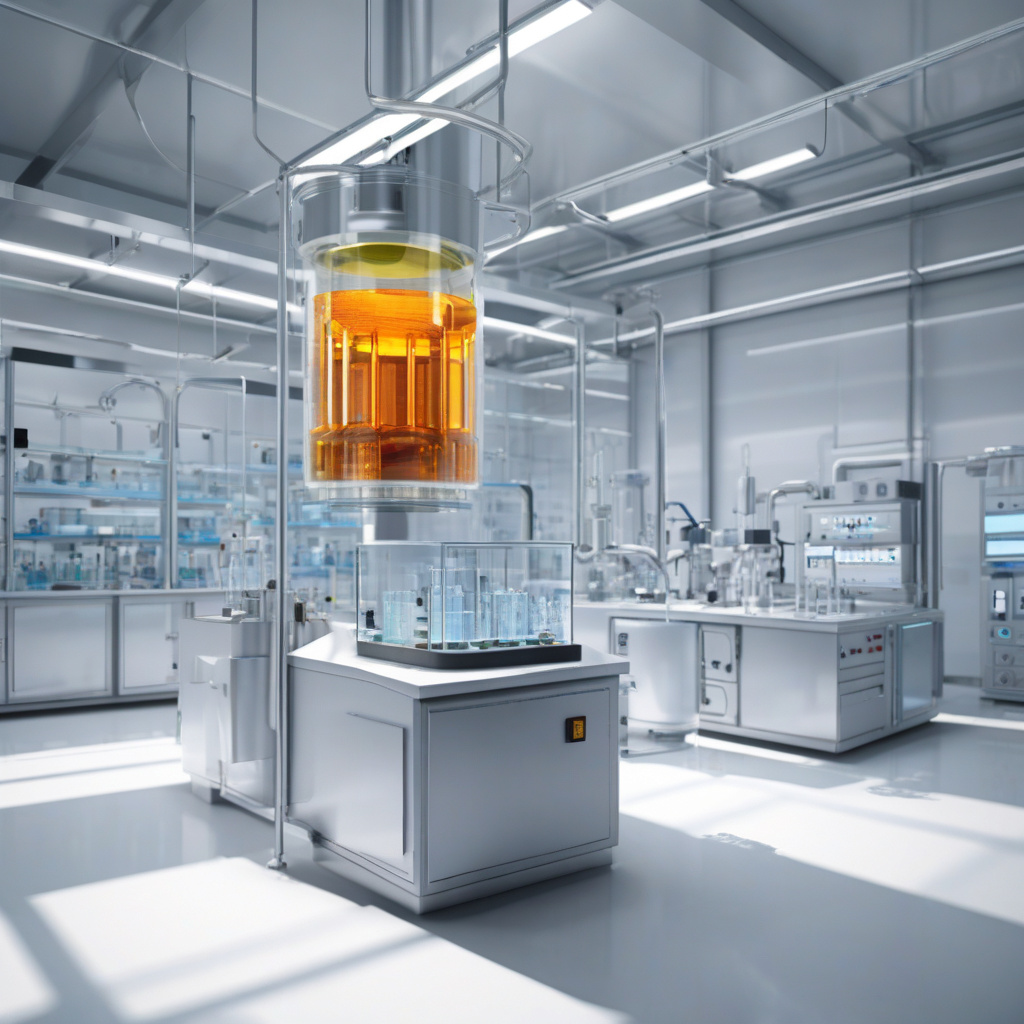Self-healing Solar Glass Repairs at 392°F, Retains 95% Output After Recycling
China’s researchers are moving closer to creating building materials to generate their own clean power. One remarkable innovation on the horizon is self-healing solar glass that can repair cracks at a scorching temperature of 392°F. This cutting-edge technology not only promises sustainability but also efficiency in harnessing solar energy.
The concept of self-healing materials is not entirely new, but its application in solar glass opens up a realm of possibilities for the future of renewable energy. Traditional solar panels are susceptible to damage, such as cracks or chips, which can significantly reduce their efficiency over time. By integrating self-healing capabilities into the glass itself, these issues can be mitigated without human intervention.
The self-healing process of this solar glass is triggered when the material reaches 392°F, allowing it to repair any micro-cracks that may have formed. This innovative feature ensures that the solar glass can maintain its structural integrity and efficiency even under harsh environmental conditions. As a result, the lifespan of the solar panels is extended, leading to long-term cost savings and increased sustainability.
Moreover, the self-healing solar glass has shown impressive resilience, retaining 95% of its energy output even after multiple cycles of damage and repair. This level of durability is a game-changer in the solar energy industry, where efficiency and longevity are key factors in driving widespread adoption of renewable energy technologies.
In addition to its self-healing capabilities, the solar glass is also designed with recycling in mind. At the end of its lifecycle, the glass can be easily recycled to create new panels, reducing waste and environmental impact. This closed-loop approach aligns with the principles of a circular economy, where materials are reused and repurposed to minimize resource consumption and maximize efficiency.
As China continues to invest in research and development in sustainable technologies, innovations like self-healing solar glass are poised to revolutionize the way we harness solar energy. By combining resilience, efficiency, and recyclability, this technology paves the way for a more sustainable future powered by clean, renewable energy sources.
In conclusion, self-healing solar glass represents a significant step forward in the quest for sustainable building materials that can generate clean energy. With its ability to repair cracks at high temperatures, retain energy output after recycling, and withstand environmental challenges, this innovative technology holds immense promise for the future of solar power.
solar, glass, self-healing, sustainability, renewableenergy












